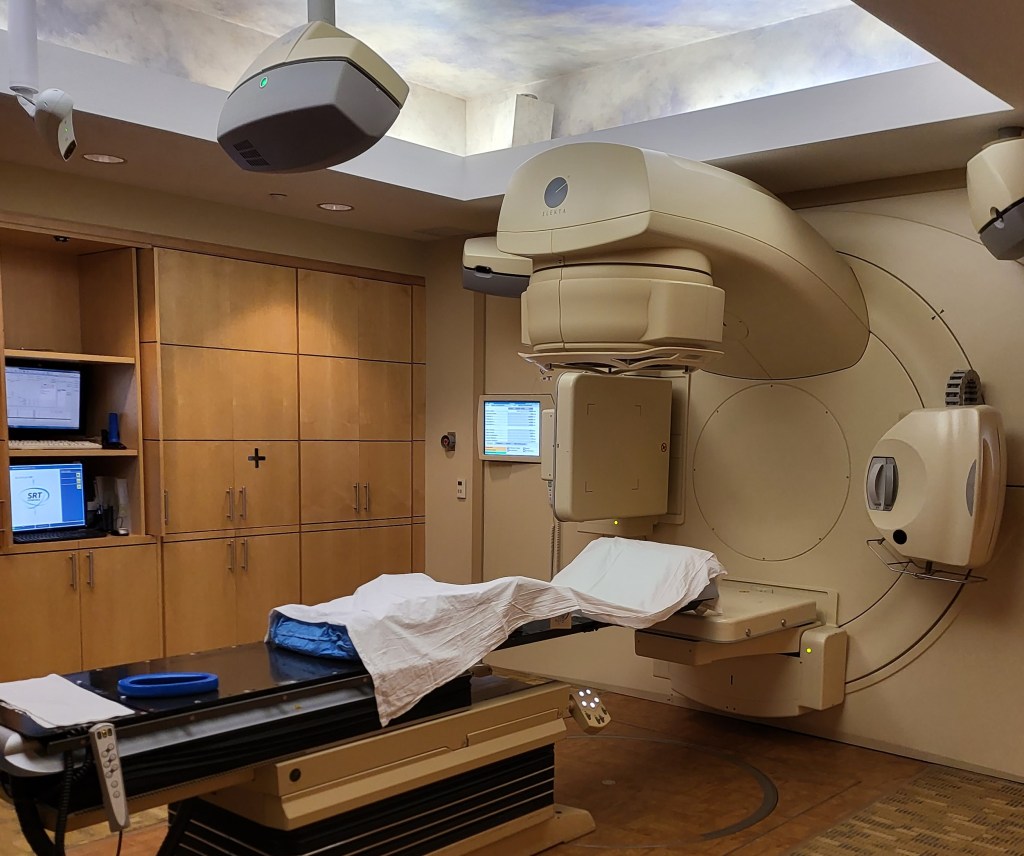There is hope! The choice of treatment for prostate cancer depends on various factors, including the stage and grade of the cancer, the patient’s age and overall health, and personal preferences. (2023 – 2024) Common treatment options for prostate cancer include:

- Active Surveillance: This approach involves monitoring the cancer with regular check-ups and may be appropriate for slow-growing, early-stage tumors.
- Surgery (Prostatectomy): Surgical removal of the prostate gland is a common treatment option, and it can be curative if the cancer is localized.
- Radiation Therapy: This includes external beam radiation and brachytherapy, where high-energy rays are used to target and kill cancer cells.
- Hormone Therapy: Reducing the levels of male hormones (androgens) can slow the growth of prostate cancer, often used alongside other treatments.
- Chemotherapy: This is typically used for advanced prostate cancer that has spread to other parts of the body.
- Immunotherapy: Some newer treatments, like immunotherapy, are being explored for prostate cancer with varying success rates.
- Targeted Therapy: Targeted drugs aim to disrupt specific pathways involved in cancer growth.
- High-Intensity Focused Ultrasound (HIFU): This is a minimally invasive treatment that uses ultrasound waves to destroy cancer cells.
The success rate of these treatments varies depending on the individual case. It’s essential to consult with a healthcare provider to discuss the most suitable treatment plan based on your specific diagnosis and circumstances. Additionally, advancements in prostate cancer treatment continue to evolve, so the success rates will change over time.
